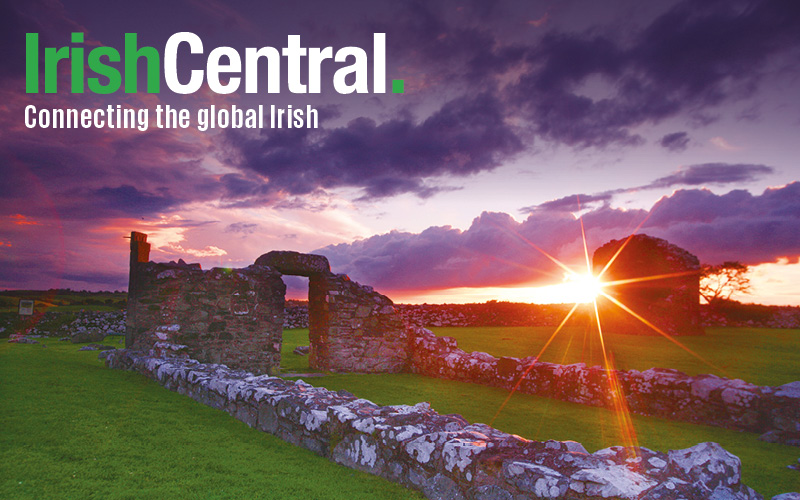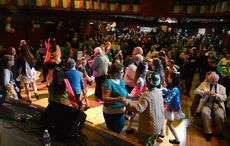Newtown, Connecticut, the site of the elementary school massacre, was never the same after a massive influx of Irish immigrants, many of whom came through the area as railroad workers in the early 19th century and stayed to farm land abandoned by earlier farmers, according to Wikipedia.
Most of the early Irish residents lived in the Sandy Hook area where the school massacre occured.
"The Irish were very polarizing socially, religiously, and politically in town," said Daniel Cruson, the town historian, in a 2007 interview. "There was very little Catholic presence in town when the Irish moved in, and with the increase in the Irish population, St. Rose (Roman Catholic Church) saw a big lift in membership, for instance."
Politically the town changed too. As more Irish moved into town in the 19th century, they changed the town's political majority from Republican to Democrat.
The proportion of the town's Irish-American population went from 5.6 percent in 1850 to 41.8 percent in 1890, and by 1900 it was up to 44 percent. Many of the immigrants came to Newtown from one small area of County Clare, according to Harlan Jessup, a local genealogist.
Many found work in the local factories and button shops. At one point, according to Jessup, the New York Belting and Packing rubber factory in town employed 200 people — 185 of whom were Irish. Many Irishwomen worked as domestic laborers, seamstresses and lace makers.
Tensions between the Yankees and Irish ran high. One Irishmen, James E. Madigan, published the popular Newtown Chronicle from 1880 to 1882, a Democratic, working-class rival to The Newtown Bee, a Yankee paper. The Chronicle devoted one page of each four-page issue to news from Ireland.
Not until after World War II were the Irish finally accepted, according to Cruson.




Comments